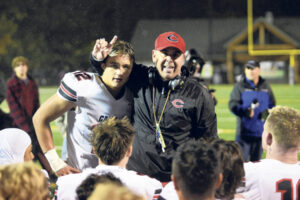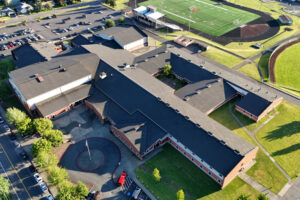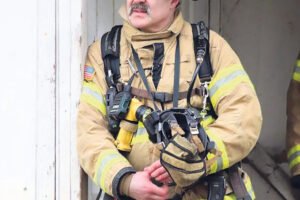To view the full Washington State Report Card for each district and the individual schools, visit www.reportcard.ospi.k12.wa.us.
Students in Camas continue to score well above average on all parts of the state tests, while Washougal students posted gains in science and reading.
Last week, the Office of the Superintendent of Public Instruction released the Washington State Report Card, which included the Measure of Student Progress, end-of-course exams and High School Proficiency Exam.
“(The scores) are a credit to the amazing students who work hard, receive strong parent support at home and our talented teachers and support staff,” said Jeff Snell, Camas School District deputy superintendent. “Even though the state assessments are important, they aren’t our primary focus. We have a collective focus on growth for each student. That focus carries over into our state assessment scores. We are very fortunate to have the resources our community provides to support amazing learning opportunities for students.”
David Tudor, Washougal School District curriculum director, is pleased to see gains in reading and science. Most notably, science scores increased from 67.2 percent of students meeting standards to 78.6 percent at the fifth-grade level, while reading was up from 67 to 77 percent at the eighth-grade level.



